More from the Master, Michel Robert… Physical preparation and the rider’s seat
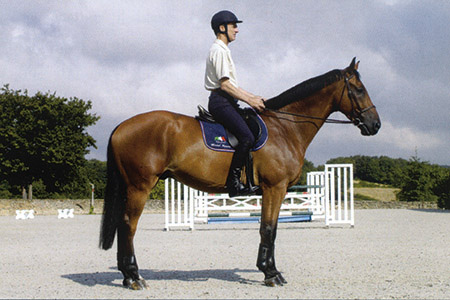
Working on one’s seat
To ride well and to deal with all situations, one must not only be in good shape, but must also place each part of the body in the correct position. The rider, however, must never force his muscles into the right position. Although there are basic attitudes that cannot be circumvented, perfection does not exist. Each rider has a personal way of riding.
He must search for the position that suits his body and what he wishes to achieve. This is indispensable for achieving relaxation.
Ideally, one should have a position that stops one having to compensate defects with actions.
For some riders it takes time to adapt to a new position. Everyone should constantly verify his or her position point by point, either looking in a mirror, or using the ‘inner video’. Equally, one should not hesitate to ask for help from someone else.
One should also think about one’s saddle. The saddle is also important since it acts as a sort of “cartilage” between you and your horse. The saddle must respond to effective criteria such as being comfortable, allowing the leg to move freely and the pelvis to be naturally positioned.
After trying out many saddles, I chose a model without knee rolls and one that keeps the pelvis close to the centre of the horse (close to the stirrup-bar). The seat’s padding must support the pelvis to avoid it slipping backwards. Try to avoid saddles that are too flat and tend to move the rider’s seat backwards, resulting in the horse suffering from back pains. In summary, choose a saddle that places you directly in the correct position.
When your joints work properly and are capable of accompanying the horse’s movement, the objective is to establish contact with the horse, especially at take-off, while jumping and landing. This of course needs preliminary work on the flat.
At a canter, balanced on your feet, move the buckle of your belt as far forward as possible to position the weight of your body over your feet, without touching the saddle… Imagine there is a tintack on the seat of the saddle. You must be capable of varying the range between a seated position and a balanced position in which 100 % of your weight is on the stirrups. To easily move from one position to the other it is necessary to:
- Have your feet slightly behind the girth, Place your pelvis above your feet,
- Look into the distance,
- Keep your hand forward with the reins adjusted, so as not to have to keep your balance by moving your pelvis backwards.
More follows
A rider must also make sure his joints are working correctly. Like a skier on a hill with many humps, he cushions the movements allowing his hip, knee and ankle joints to give. The same applies at the rising trot. Stay well over your feet to ensure you don’t hang on to the reins.
The trot is the only gait at which the hands do not move to follow the horse’s mouth. The elbow joints allow one to keep them still, leaving the upper part of the body supple and free to rise and sit.
Certain people will say: “ The body weight, feet parallel, supple arms… it’s difficult to think of all that at once “. It’s true, that’s why I advise people to establish priorities. For example, for two weeks, at each training session concentrate on keeping your feet parallel. Allow someone to help you. Ask your instructor to correct you every time you point your toes outwards.
Of course, it’s difficult to teach a rider to change after he’s been riding for 30 years with bad habits.
story continues after the advertisement
A 10-year-old child will obviously adapt more easily, but learn to get to know your weak points and above all do not be afraid of exaggerating. The rider often feels he has rectified his mistake simply by moving his position only a few centimetres, which is often not enough.
On the contrary, if you ride with your legs too far forward, try to move them as far back as possible. This will allow you to become aware of the range of possibilities. I had an instructor who always used to tell me: “Move your feet 2.20 metres further back!” Equally, if you tend to ride on an excessively loose rein, don’t make do with shortening the reins by a few centimetres; don’t hesitate to shorten them by 50 centimetres!
Do not be discouraged: “The path leading to the top is a long one”. When one is under the impression that one is riding badly it is often sufficient to become aware of one’s defects to then improve. At times, it is necessary to “unlearn” to learn. There are unavoidable stages to go through, so don’t try to get rid of your bad habits all at once. Learning new good habits is generally easier.
When one is a beginner in any sport, everything seems difficult, almost impossible to achieve. Each movement or gesture is a puzzle. However, a few lessons later, things are done instinctively. It is as easy as riding a bicycle.
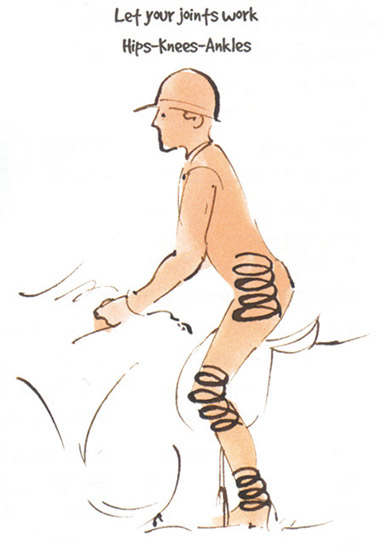 Maintaining “the centred seat”
Maintaining “the centred seat”
Being in the ideal position means being ready to move in any direction, ready to move forward, to stop… at any given moment. If I turn left, I must be ready to turn right. If I stop, I must be ready to “move forward again”. All this remaining centred in one’s basic position. Too many riders have a ‘left turn’ or ‘right turn’ position, but when obliged to react quickly to change, it’s a disaster!
This makes me think of a control button with ON – OFF – LEFT – RIGHT positions… there is never the centre position.
I have won many jump-offs without taking risks by simply maintaining the “centred seat”. I allow the horse to move forward and remain calmly centred on my position.
story continues after the advertisement
Watch certain great international riders; they look as if they aren’t going fast. It is an illusion caused by the simple fact that they always maintain their position. Their seat doesn’t change, whether they move faster, slower, turn right or left.
Riders tend to lean towards the direction they want to go. This position is the opposite of the horse’s current direction and consequently it will escape precisely in the opposite direction.
If I ask a rider to circle to the left, I notice that generally his desire to turn left will make him imperceptibly lean over the horse’s left shoulder. Very quickly the horse tries to escape this pressure by widening the circle towards the right.., exactly the opposite to what the rider wants. To bring his horse back to the correct direction, the rider will then attempt a series of actions/reactions that will only result in creating incoordination and destroy the harmony of moving with the horse.
To bring the rider back to the “central position” in this situation, it is sufficient to ask the rider to look in the opposite direction to the one he wishes to go; hence in this specific case, outside the circle. Instantly, the rider’s weight is evenly distributed on the horse’s four legs. The horse recovers his balance and returns towards the inside of the turn.
‘When approaching a turn, whether riding a simple circle or in a competition, remember: if I turn left, I must always be ready to turn right or continue in a straight line. ‘Whatever the direction chosen, the rider must maintain his position!
THE RIDER’S POSITION
 THE FOREARM, THE WRIST AND THE REIN
THE FOREARM, THE WRIST AND THE REIN
Whatever the horse’s movement they must be perfectly aligned.
The thumb presses on the rein and on the index finger. This is important because when you need to apply resistance it will be sufficient to press hard on the rein with your thumb.
The other fingers are used to move as if ‘playing the piano’ to help supple and soft communication with the horse’s mouth.
THE ARMS
The arms must hang freely along one’s sides. Shoulder and neck joints are used to cushion the riders’ changes of attitude according to the horse’s mouth.
THE LEGS
The thighs should fall as vertically as possible. The calves are in contact without gripping.
THE HIPS AND THE PELVIS
It is important to guarantee a good base to keep the upper half of the body in the correct position. The hip joint is used to receive the pressure from the upper part of the body and from the legs. The rider must sit as far forward in his saddle as possible. He will be able to do so only if his feet are positioned under his body, slightly behind the girth. If they are too far forward, the rider’s pelvis moves back and finds itself at the back of the saddle. Leg aids become ineffective and the rider is no longer able to accompany the horse’s movements with his seat.
A FREE AND SHOCK-ABSORBENT KNEE
The knee’s free flexion allows one to cushion the horse’s upward movements and especially when landing after a jump.
The knee acts as a ‘shock absorber’, under no circumstances can it be blocked or gripping the saddle.
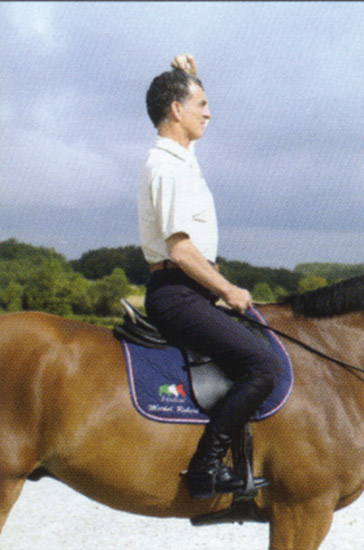 THE RIDER’S BACK
THE RIDER’S BACK
To keep your back straight use your inner video. Memorise a strong image. Imagine that someone is pulling you up by your hair; you will grow tall as if trying to touch the sky with your head.
To have a straight back it is crucial for the eyes to look towards the horizon. To help yourself, fix your eyes on something in the distance, quite high up… something in a tree for example.
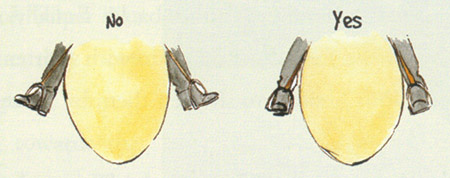 THE FEET
THE FEET
During my clinics, it is when working on positioning the feet that I observe the greatest transformations in riders. This is what I call “the intelligent foot” because it is the foot, placed in a position suited to the situation that allows the rest of the rider’s body to be well balanced.
The heel must be kept slightly lower maintaining a reserve amount of ‘shock absorption’ in the ankle.
On the other hand, the feet must always be parallel, like those of a skier. This way they can move following the horse’s movement. When freely moving forward they allow one to find one’s balance, for example, when jumping or turning. At the take-off point, intelligent feet must provide impulsion and a fraction of a second later, be able to return to their original position to keep the rest of the body’s balance.
ATTENTION!
- Pointing the toes outwards is a very common defect in riders. The calf generally stays glued to the horse and leg aids become ineffective. A saddle excessively padded near the knees can at times be the cause of this problem.
- If the rider’s feet move forward, the pelvis moves back and it becomes difficult to use leg aids. In this position, the rider puts pressure on the horse’s sensitive back.
- If the rider’s feet are positioned too far back, he will lose his balance and fall forwards.
The story of a ball on the water…
To correctly understand the importance of a rider’s balance for the way in which the horse behaves when turning, we shall use symbolism.
Let us imagine that your horse is a ball placed on the surface of the water.
Let us imagine that a hand presses on the centre of this ball.
The ball sinks straight into the water.
Now, let us imagine that a hand is pressed on the side of the ball. What happens?
The ball moves away in the opposite direction and slips over the water without sinking.
When a rider, usually due to the direction of his eyes, moves his centre away from that of his horse, the horse will move to the opposite side… just like the ball on the water.
What happens in the arena?
Riders are often convinced that the horse won’t turn.
In reality, it is the rider himself who, abandoning his initial position, leads the horse to abandon the planned route.
Generally, it is due to a mistaken use of the eyes that the rider causes his own loss of balance.
This article originally appeared in THM January 2007
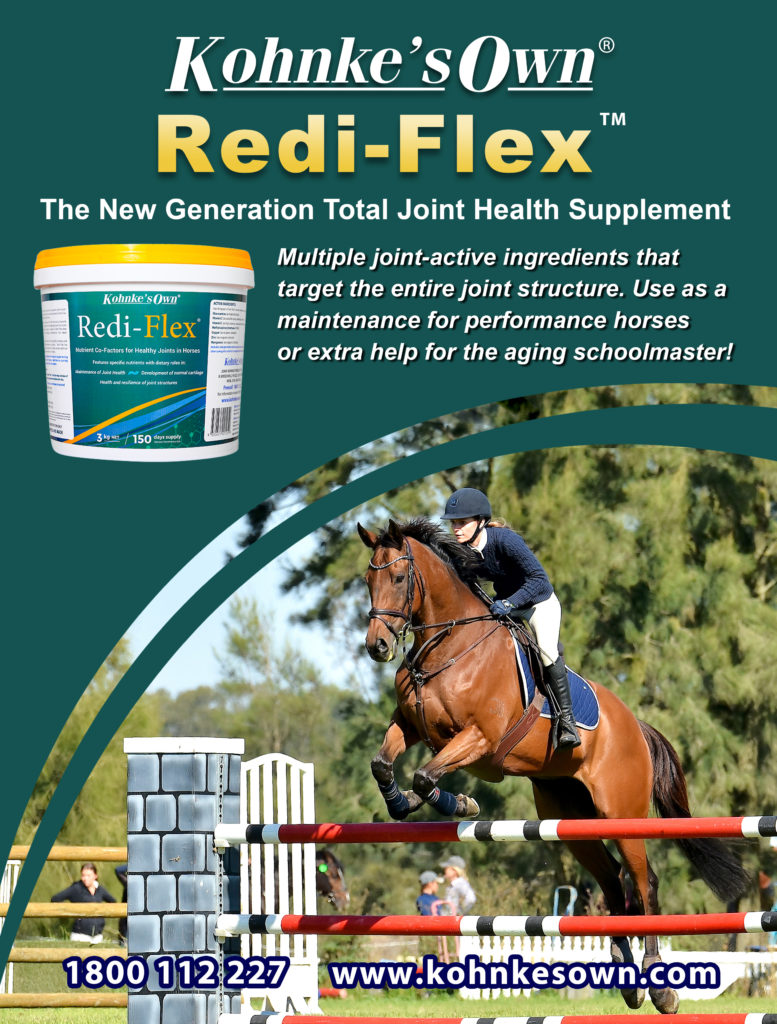

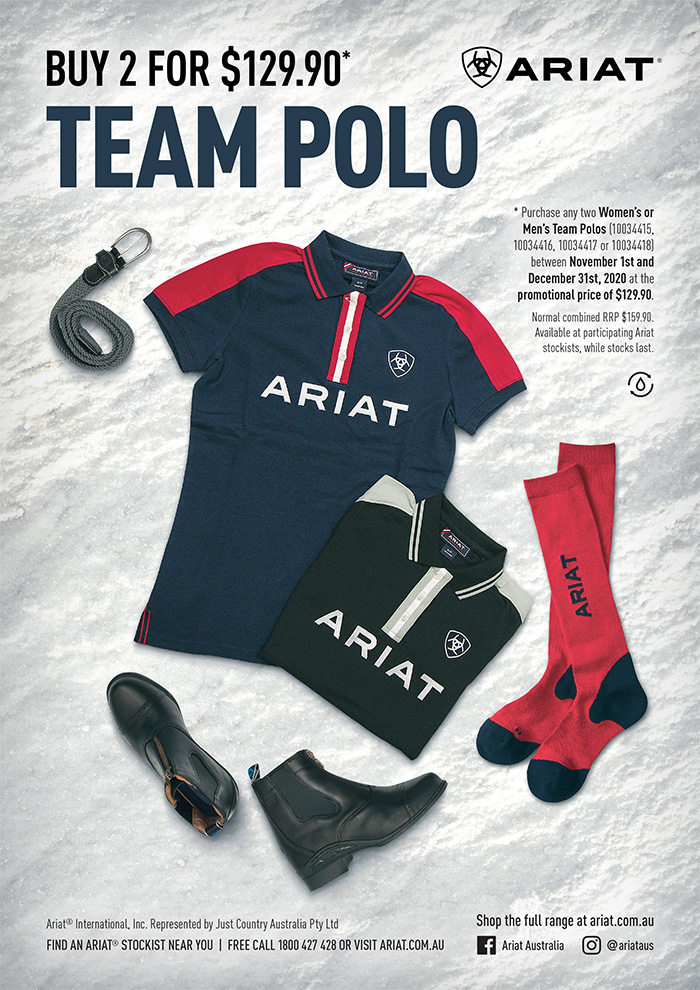
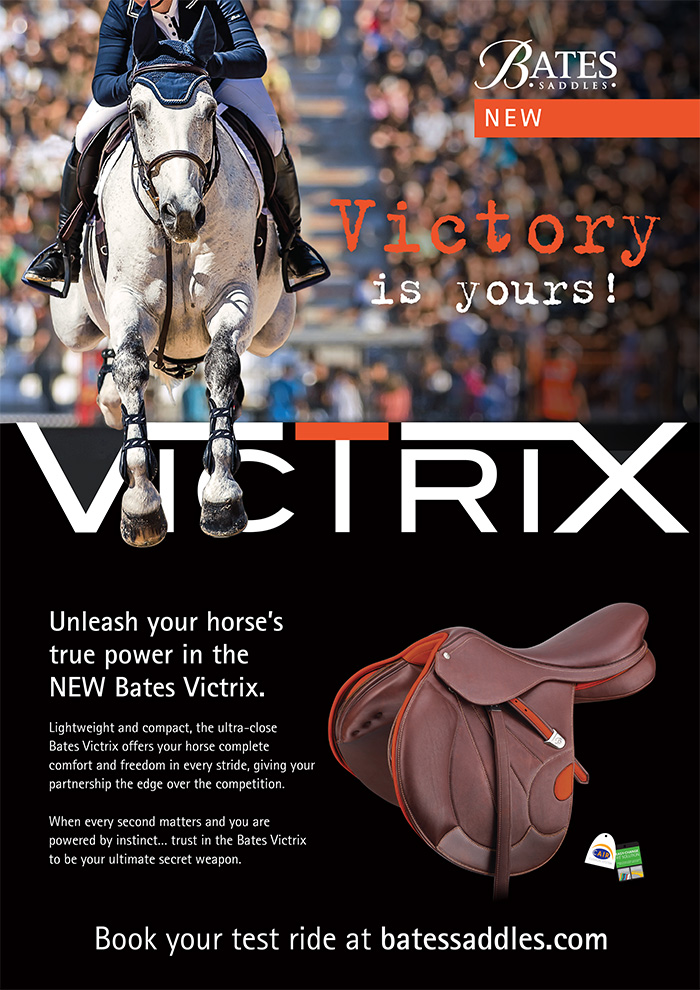
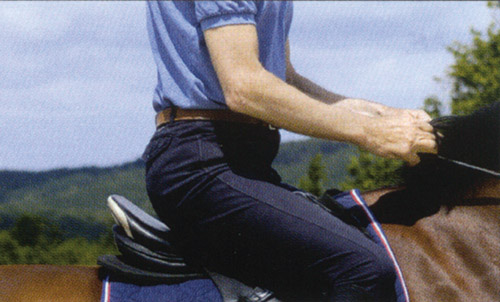
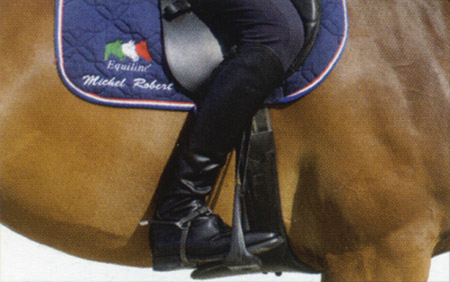
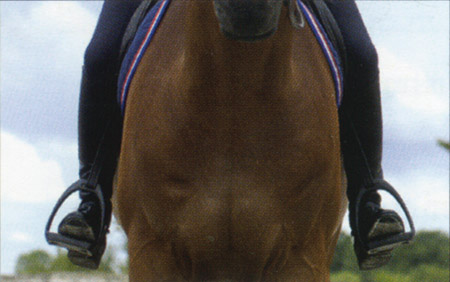
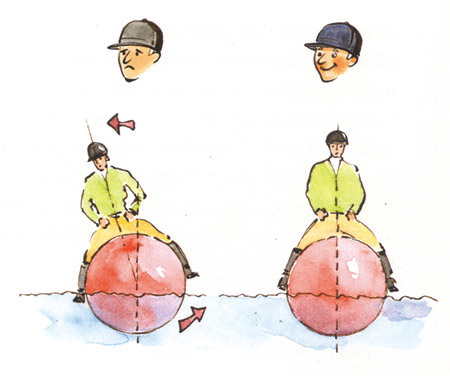
IN COMPETITION WE..I TEND TO BE OUT OF THE SADDLE TILL WE NEAR THE JUMP AS OPPOSED TO STAYING
IN THE SADDLE THE WHOLE COURSE……N PESSOA TENDED TO BE OUT OF THE SADDLE,,,,WAS CRI.TICISED..
BUT WAS EFFECTIVE……BE OUT OF THE SADDLE ATTRIBUTED TO INFLUENCE OF POLISH RIDERS PODJAR……..
FORGET THE SURNAME………..
Great